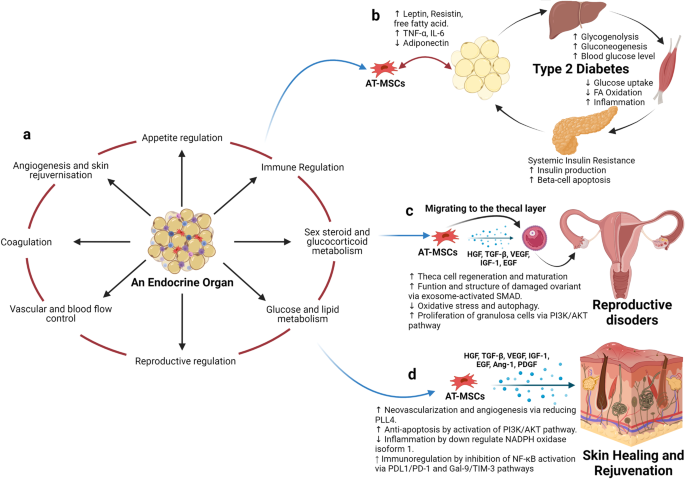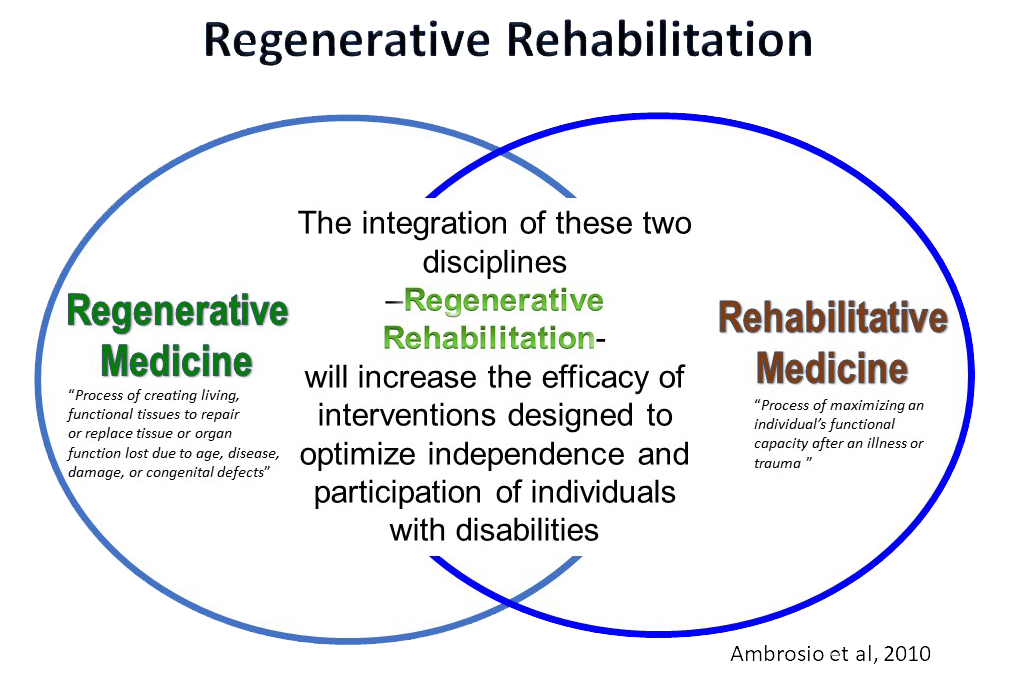Table of Contents

[/image][=video]
[/video]
There are numerous types of stem cells. As a whole, the term stem cell describes a group of cells that trigger other cells (like skin, blood, heart, and muscle cells) by replicating and separating in reaction to chemical hints. Totipotent stem cells show up at the earliest phase of growth and are the only stem cells which can generate beginning stem cells and the placenta.
Bone marrow transplant (BMT) is an unique therapy for people with particular cancers or various other illness. A bone marrow transplant entails taking cells that are normally discovered in the bone marrow (stem cells), filtering system those cells, and providing back either to the donor (person) or to an additional individual. The goal of BMT is to transfuse healthy and balanced bone marrow cells right into a person after his/her very own harmful bone marrow has actually been treated to eliminate the irregular cells.
The blood cells that make various other blood cells are called stem cells. The most primitive of the stem cells is called the pluripotent stem cell.
It is the stem cells that are needed in bone marrow transplant. The goal of a bone marrow transplant is to cure several illness and kinds of cancer cells. When the dosages of radiation treatment or radiation required to cure a cancer cells are so high that an individual's bone marrow stem cells will be permanently harmed or damaged by the therapy, a bone marrow transplant may be needed.
Menopause Treatment local to Marquette
This process is usually called rescue. Replace bone marrow with genetically healthy and balanced functioning bone marrow to stop even more damage from a genetic condition procedure (such as Hurler's syndrome and adrenoleukodystrophy). The risks and advantages have to be weighed in a thorough discussion with your doctor and professionals in bone marrow transplants before the procedure.
There are different kinds of bone marrow transplants relying on who the benefactor is. The various kinds of BMT consist of the following: The donor is the patient himself or herself. Stem cells are drawn from the patient either by bone marrow harvest or apheresis (a process of gathering outer blood stem cells), frozen, and then repaid to the patient after extensive treatment.
The benefactor shares the exact same hereditary type as the person. Stem cells are taken either by bone marrow harvest or apheresis from a genetically matched contributor, typically a sibling or sis. Other benefactors for allogeneic bone marrow transplants might include the following: A haploid-identical match is when the donor is a parent and the genetic suit goes to the very least half identical to the recipient.

Matching involves keying human leukocyte antigen (HLA) cells. The antigens externally of these special leukocyte establish the genetic makeup of a person's immune system. There are at the very least 100 HLA antigens; nevertheless, it is believed that there are a few significant antigens that determine whether a contributor and recipient match.
Medical research is still investigating the duty all antigens play in the procedure of a bone marrow transplant. The even more antigens that match, the much better the engraftment of given away marrow. Engraftment of the stem cells happens when the given away cells make their method to the marrow and start making new blood cells.
Medical Group servicing Marquette
All individuals work with each other to offer the ideal possibility for an effective transplant. The team consists of the following: Healthcare service providers that specialize in oncology, hematology, immunology, and bone marrow hair transplant.
Experts who will assist you satisfy your nutritional needs before and after the transplant. They will work carefully with you and your household. Specialists who will certainly help you become solid and independent with activity and endurance after the transplant. Chaplains who give spiritual treatment and assistance. Several various other employee will review you prior to transplantation and will offer follow-up care as required.

A total case history and physical exam are carried out, consisting of numerous tests to examine the client's blood and organ features (as an example, heart, kidney, liver, and lungs). An individual will certainly usually come right into the transplant center up to 10 days before transplant for hydration, assessment, positioning of the main venous line, and various other prep work.
Blood items and medications will be given with the catheter during therapy. For an allogeneic transplant, an appropriate (cells entered and matched) benefactor has to be available. Locating a matching donor can be a difficult and extensive process, particularly if a brother or sister match is not readily available. Volunteer marrow donors are signed up in numerous national and worldwide registries.
Benefactor resources available consist of: self, brother or sister, moms and dad or relative, nonrelated person, or umbilical cable from an associated or nonrelated individual. There are nationwide and global registries for nonrelated individuals and cable blood. Some family members may be entered as a result of the wish to aid. These loved ones may or may not choose to have their type signed up for use with various other receivers.
Medical Group around Marquette, Michigan
Examinations connected to his or her wellness, exposure to infections, and genetic analysis will certainly be done to figure out the degree of the match. The contributor will certainly be offered guidelines on how a bone marrow contribution will be made. As soon as a suit for a person needing a bone marrow transplant is found, then stem cells will be accumulated either by a bone marrow harvest.
Or by an outer blood stem cell collection. This is where stem cells are accumulated from the flowing cells in the blood.
Navigation
Latest Posts
Stem Cell Therapy in Marquette, Michigan
Hormone Therapy around Marquette, Michigan
Menopause Therapy